
Fun Fact
Long Jing tea was made famous by the Qing Emperors who loved Hangzhou City, most notably by Emperor Qian Long. While visiting Hu Gong Temple, Emperor Qian Long thought so highly of the Long Jing he claimed the eighteen bushes for himself ranking them as Tribute Tea Trees.
- Tea Platation
- Tab Title 2
- Tab Title 3

Fun Fact
Jingzhou Gu, one of the founders and Deputy Director of Research and Technology at the No. 1 Yixing Factory, now deceased, was the most accomplished master artist. In November 2015, Gu’s squirrel grape ten-head tea set, made in 1955, was auctioned for RMB ¥92 million, at the 2015 Beijing Dong Zheng Autumn auction.

Premium Banner
Guilin, Guangxi

Guilin
Lorem ipsum dolor sit amet, consectetur adipiscing elit. Ut elit tellus, luctus nec ullamcorper mattis, pulvinar dapibus leo.
Popular Destinations

Tea Plantation
Enjoy gorgeous nature views, pick and make your own teas, taste delicious local food and so much more.

Longjing
Hangzhou, Zhejiang

Dahongpao
Wuyi Rock, Fujian




Huangshan Maofeng
Huangshan, Anhui

Qimen Maofeng Black
Qimen, Anhui

Biluochun
Suzhou, Jiangsu
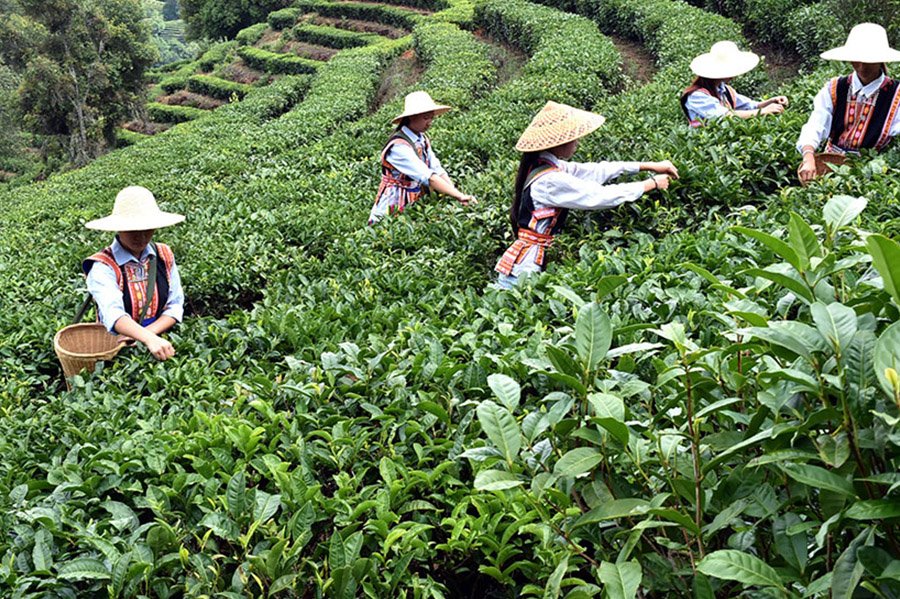
Yunnan Gold Tip
Lincang, Yunnan
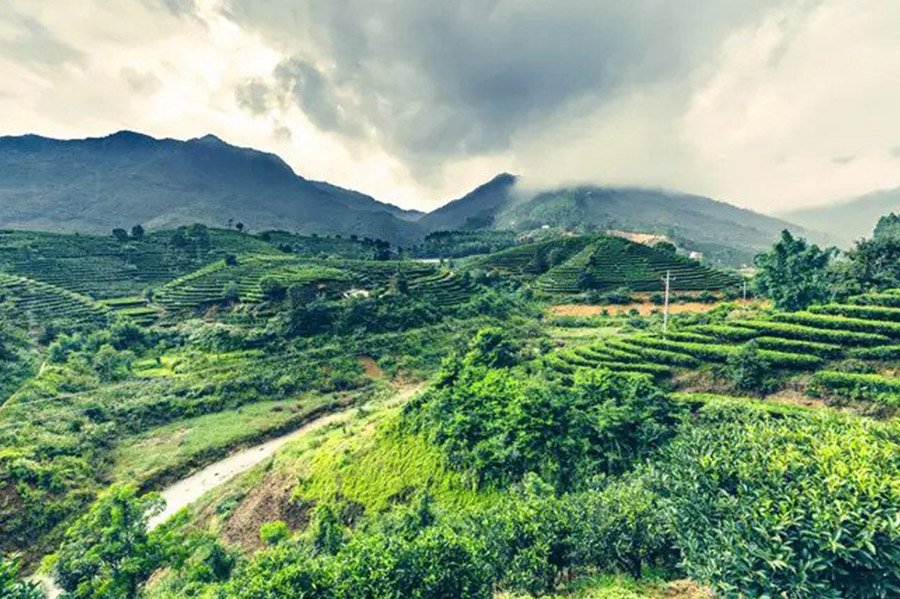
Phoenix Dan Cong
Phoenix Mountain, Guangdong
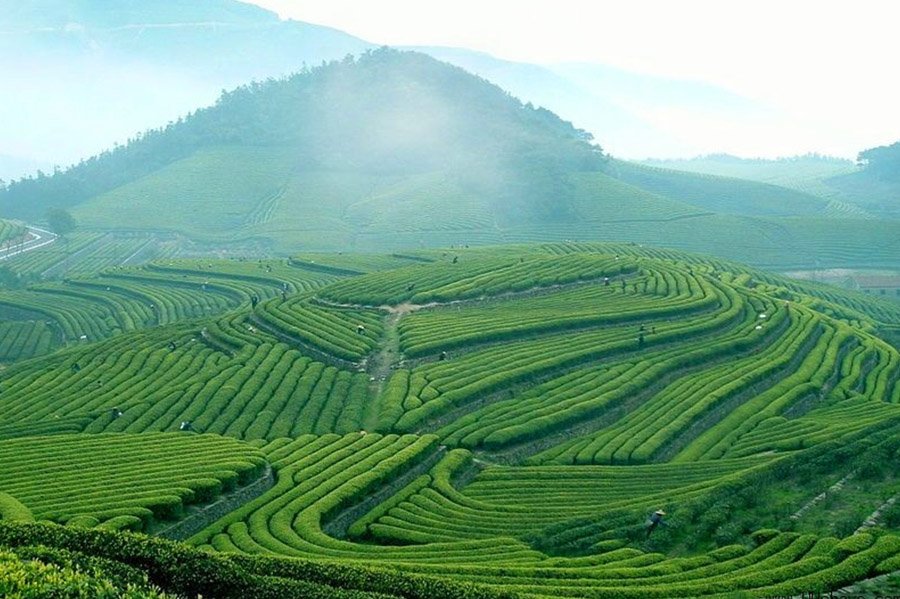
Tieguanyin
Anxi, Fujian
Tea Museum
Discover a wealth of Chinese tea history and culture, and even make your own teawares.

Imperial Kiln Museum
Jiangdezhen, Jiangxi

Dragon Kiln
Yixing, Jiangsu
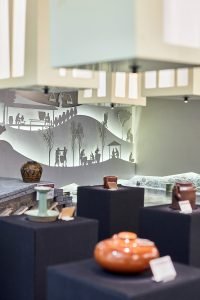


Tea House
Experience a slice of traditional Chinese life and discover first-hand the lore and lure of the modern Chinese tea house.

Lao She Tea House
Beijing

Kai Ji Tea House
Shanghai
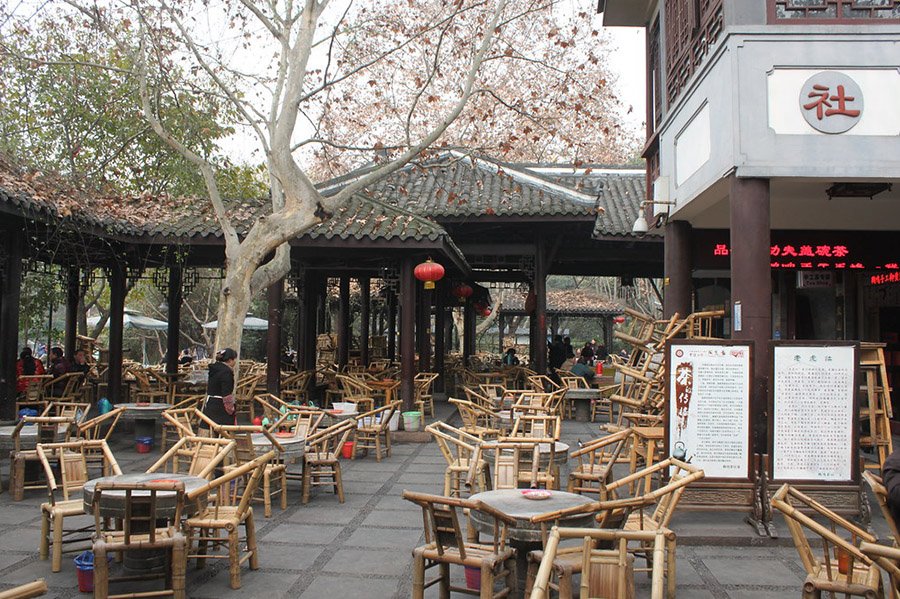
He Ming Tea House
Chengdu
Tea House
Experience a slice of traditional Chinese life and discover first-hand the lore and lure of the modern Chinese tea house.

Lao She Tea House
Beijing

Kai Ji Tea House
Shanghai

He Ming Tea House
Chengdu
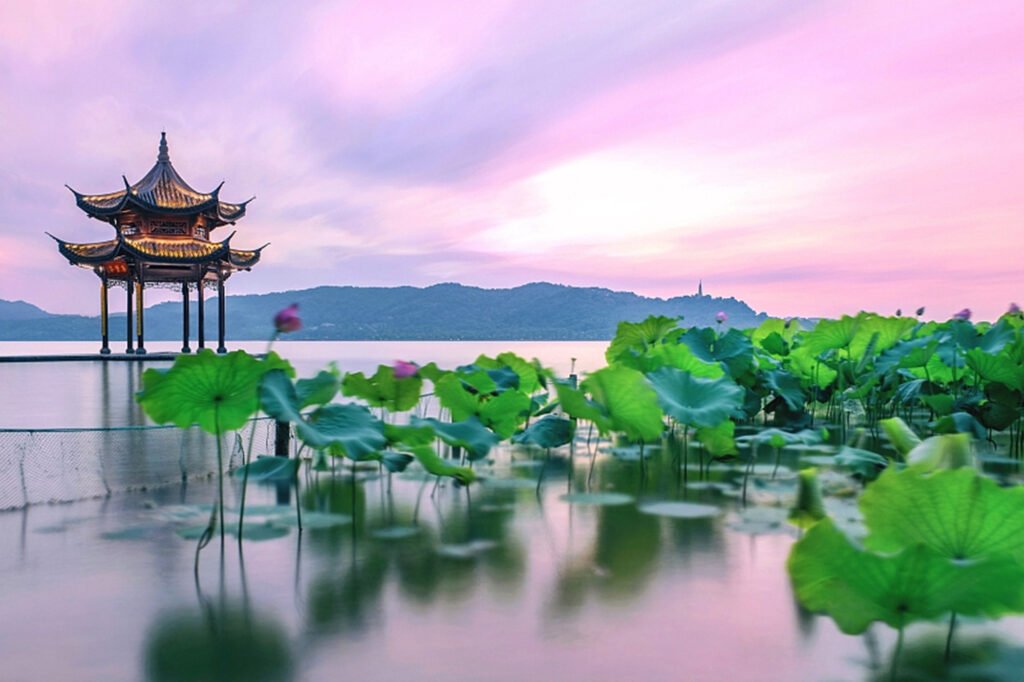
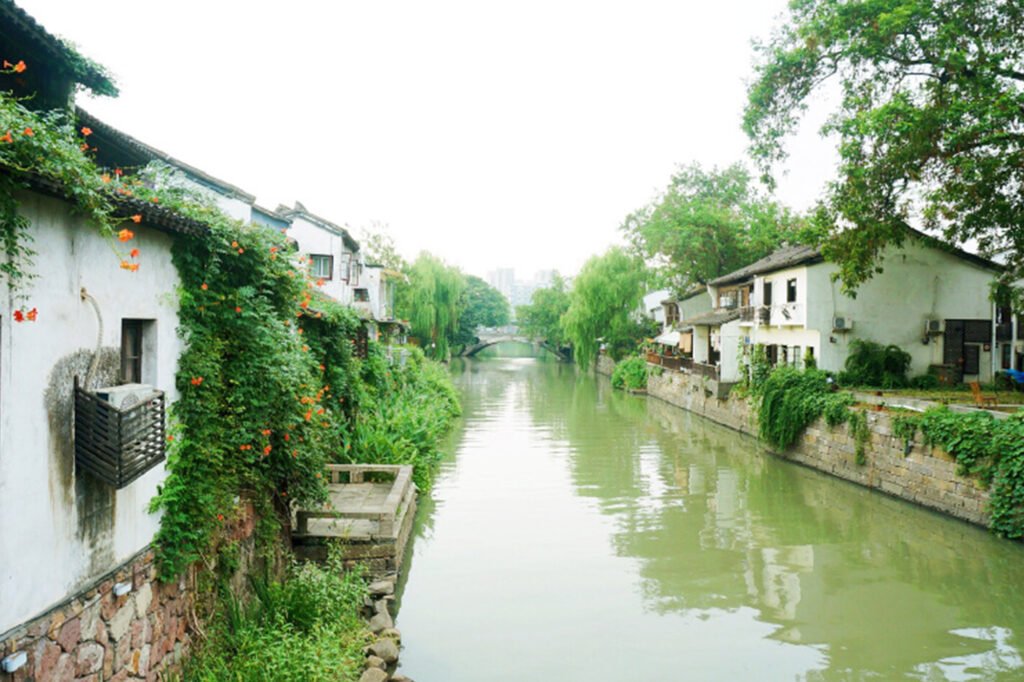

ZHEJIANG
Hangzhou
Lorem ipsum dolor sit amet, consectetur adipiscing elit. Ut elit tellus, luctus nec ullamcorper mattis, pulvinar dapibus leo.
SICHUAN
Chengdu
Lorem ipsum dolor sit amet, consectetur adipiscing elit. Ut elit tellus, luctus nec ullamcorper mattis, pulvinar dapibus leo.
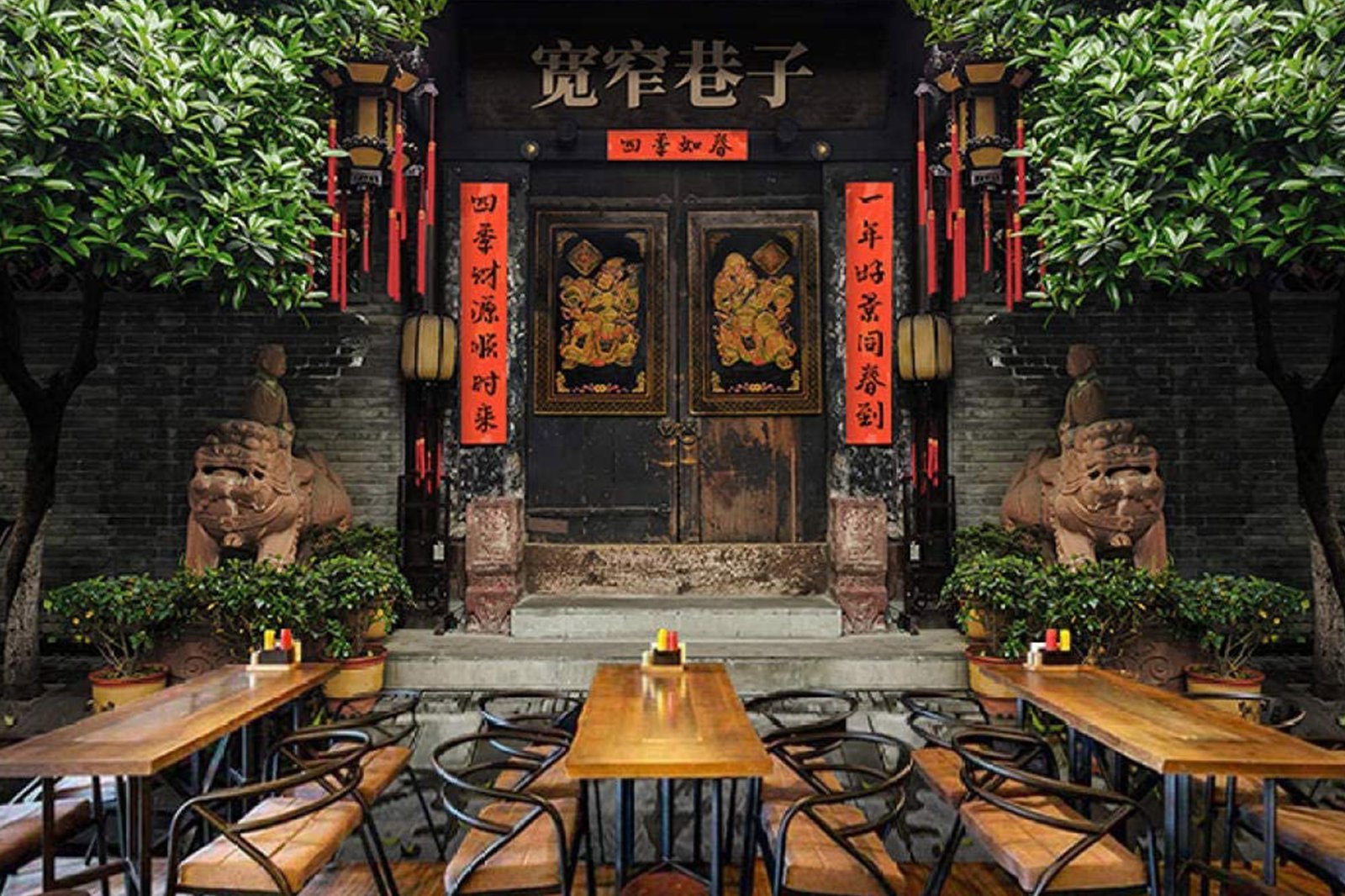
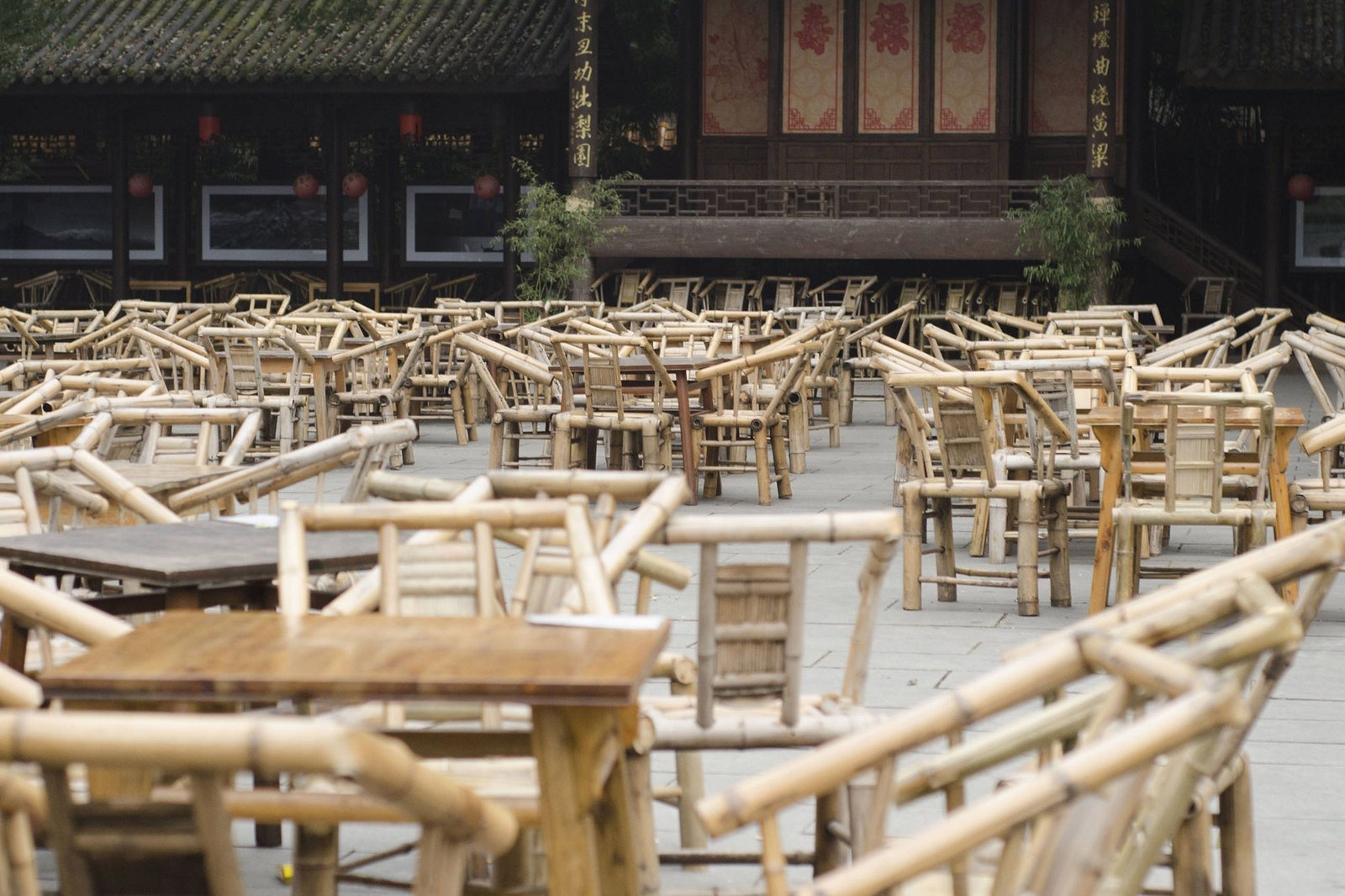
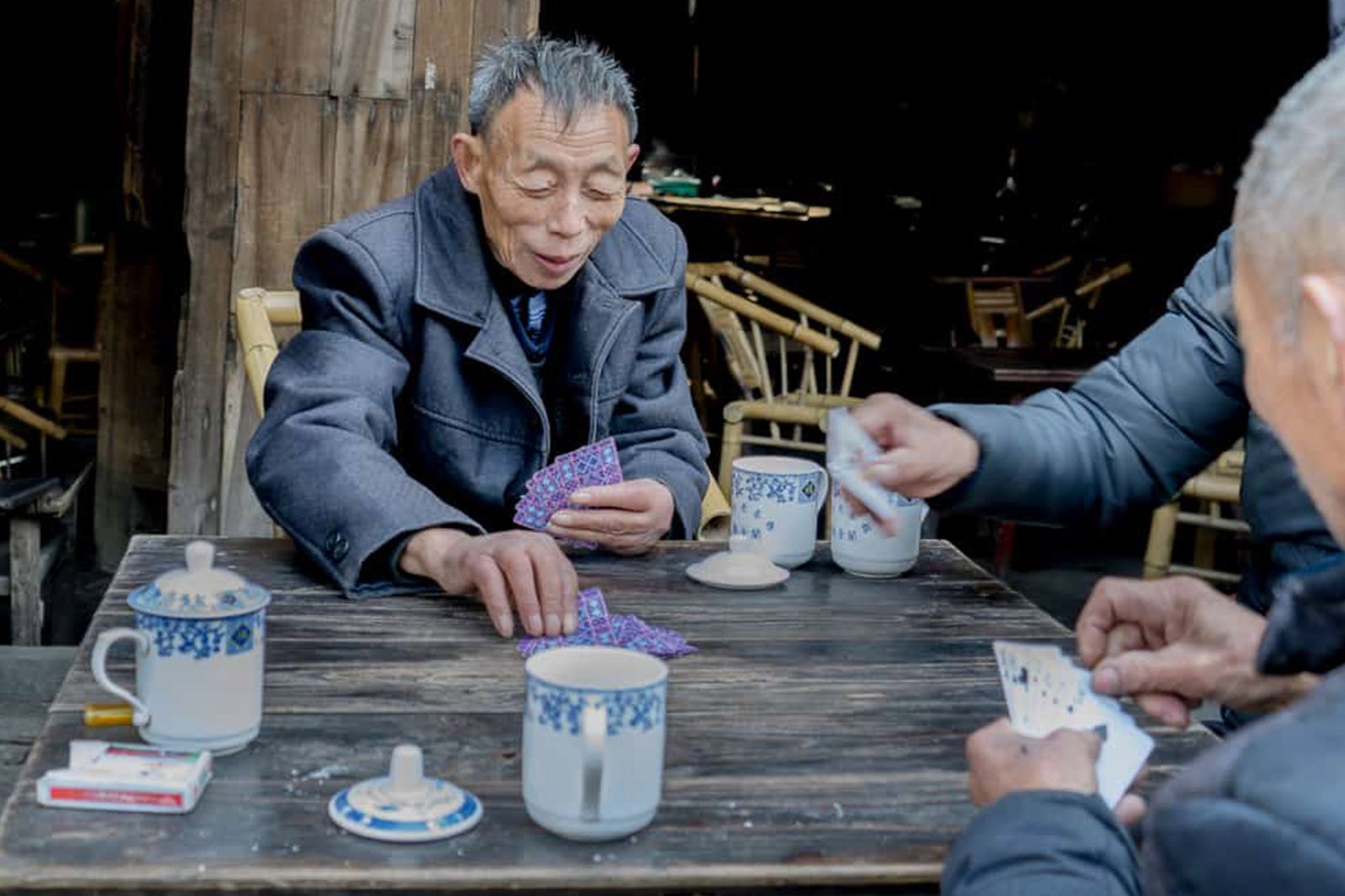

Wuyi Mountain
The Wuyi Mountains are well known for their abundance of deep canyons, dense forests, waterfalls, animals, flora, and fauna. They are an idyllic destination for any nature lover.

Huangshan
Huangshan is steeped in picturesque natural landscapes and history. Marvel at the peculiarly-shaped rocks and pines on the Yellow Mountains, appreciate the ancient-styled dwellings in Xidi and Hongcun villages, then have a taste of Huangshan’s most famous tea: Maofeng Tea
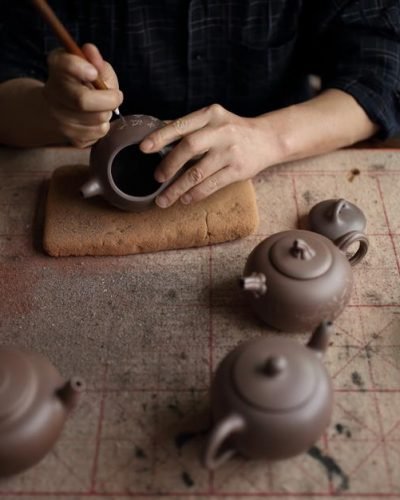
Yixing
Pottery has been produced in Yixing, situated to the west of Taihu, the Great Lake in Jiangsu Province, since the Neolithic period. The term ‘Yixing ware’ generally refers to the latter — teapots and vessels of rustic elegance long sought after by tea drinkers and scholars of China.

Fun Fact
Long Jing tea was made famous by the Qing Emperors who loved Hangzhou City, most notably by Emperor Qian Long. While visiting Hu Gong Temple, Emperor Qian Long thought so highly of the Long Jing he claimed the eighteen bushes for himself ranking them as Tribute Tea Trees.

Fun Fact
Jingzhou Gu, one of the founders and Deputy Director of Research and Technology at the No. 1 Yixing Factory, now deceased, was the most accomplished Zisha master artist. In November 2015, Gu’s squirrel grape ten-head tea set, made in 1955, was auctioned for RMB ¥92 million, at the 2015 Beijing Dong Zheng Autumn auction.

Fun Fact
Long Jing tea was made famous by the Qing Emperors who loved Hangzhou City, most notably by Emperor Qian Long. While visiting Hu Gong Temple, Emperor Qian Long thought so highly of the Long Jing he claimed the eighteen bushes for himself ranking them as Tribute Tea Trees.

Fun Fact
Jingzhou Gu, one of the founders and Deputy Director of Research and Technology at the No. 1 Yixing Factory, now deceased, was the most accomplished Zisha master artist. In November 2015, Gu’s squirrel grape ten-head tea set, made in 1955, was auctioned for RMB ¥92 million, at the 2015 Beijing Dong Zheng Autumn auction.
Although it is difficult to determine who discovered tea and how the first cup of tea was made, tea is believed to have a 5,000-year history with roots in ancient China. According to Chinese legend, tea tree leaves flew into Emperor Shen Nong’s pot in 2737 BCE. He then drank the leaf-infused water and enjoyed the flavor. Tea was initially used as medicine and eventually became popular as a healthy drink. Today, tea is the second most consumed beverage after water!
The tea plant is called Camellia Sinensis with origins near southwest China. The leaves are glossy green with serrated edges. Tea is harvested in warmer months. During the plucking season, young leaves at the top of the plant, especially those with tips, are picked by hand.
Our premium tea is selected from mainland China and Taiwan.
There are six major types of Chinese tea: Green tea, Black tea, White tea, Oolong tea, Yellow tea, and Dark tea. The difference is the manufacturing process and the amount of fermentation. Green tea is unfermented, White tea is slightly fermented, Yellow tea is partly fermented, Oolong tea is semi-fermented, Black tea is fully fermented, and Dark tea is post-fermented.
Yes, but a cup of tea contains far less caffeine than a cup of coffee. Tea also contains L-Theanine to help ease anxiety and reduce insomnia.
Tea is rich in antioxidants and contains polyphenols that have anti-inflammatory, analgesic and anti-cancer health benefits. Research has shown that tea may help with weight loss, protect bones, and boost the immune system. In addition to physical benefits, the attractive aroma and exceptional taste of tea also benefit mental health. Drinking tea lowers levels of the stress hormone cortisol, which can help relieve anxiety. Antioxidants in tea such as EGCG and L-Theanine are thought to make people feel calmer and improve memory and attention. Simply preparing tea and enjoying it can bring you peace of mind.
Generally, the principal choice of teawares is between brewing tea in a teapot or in Gaiwan. Teawares made of different materials are suitable for different types of tea. Porcelain teawares are good for green tea and black tea. Zisha pots are best suited for oolong, black tea, and dark tea. Glass teawares go well with green tea. More complex teawares are needed in Gongfu Cha.
Step 1: Warm tea sets – Rush all tea sets with boiling water and drain the teapot and teacups.
Step 2: Put tea leaves into the teapot – The number of tea leaves varies with different tea types and personal preference.
Step 3: Wash the tea leaves – Pour hot water into the teapot, let sit for a few seconds and then discard.
Step 4: Pour in hot water – It is usually advisable to pour into water occupying 4/5 of the tea pot, leaving some space for the tea leaves to spread.
Step 5: Savor tea – Pour the tea into teacups, first observe the shape and color of tea, then smell its fragrance and taste it. If you are drinking tea with friends, don’t forget to first pour the tea into a warm fair cup to serve guests.
Yes, water temperature is essential to the perfect cup of tea. Basically, the higher the degree of fermentation, the higher the temperature needed: green tea (176°F ~ 185°F/80°C ~ 85°C), white tea (185°F ~ 194°F/85°C ~ 90°C), oolong tea (194°F ~ 212°F/90°C ~ 100°C), black tea (212°F/100°C). For detailed information, please refer to the specific product Information.
You can use a digital thermometer that is specially made to measure the water temperature. Another option is using a tea kettle with a built-in thermometer. The tea kettle will stop automatically at your preset temperature.
Yes! It is important to choose appropriate water for the best taste! The quality of water depends on various factors like pH level, mineral content, hardness, etc. Water with a neutral pH level between 6-8 and hardness between 1-4 grains is suitable for brewing tea. High mineral content can destroy the taste of tea. It is recommended to use mountain stream water, good-quality bottled spring water and filtered tap water. Make sure only fresh water is used in preparing tea.
Different types of tea require different amounts of tea leaves. The ratio between water and tea leaves is important. Generally, when brewing black tea, green tea, or flower tea, the best ratio is between 1:50 and 1:60. A single cup of tea typically needs 3~4g tea leaves with 150ml-200ml water. When brewing oolong tea, the ratio is between 1:18 and 1:20. When brewing Pu’er tea, the ratio is between 1:30 and 1:40. If one wants to boil aged tea leaves, the ratio is 1:80. The amount of tea leaves can always be adjusted according to personal preference.
The steeping time depends on tea varieties and steeping frequency.
In general, for green tea, the first infusion takes 10 seconds, the second infusion takes 20 seconds, the third infusion takes 30 seconds, the fourth infusion takes 40 seconds.
For white tea, the first three infusions each take 10 seconds, the fourth infusion takes 20 seconds, and the fifth infusion takes 30 seconds.
For black tea, the first four infusions each take 10 seconds, and the fifth infusion takes 15 seconds.
For oolong tea, the first four infusions each take 10 seconds, the fifth to seventh infusions each take 20 seconds, and the eighth and ninth infusions each take 40 seconds.
Gongfu Cha means “making tea with skill.” It usually refers to two things: a special handmade artisanal tea and a traditional method of preparing tea in China, which reflects philosophical wisdom of the East. The most important aspect of Gongfu Cha is the tea sets, including particular vessels such as Gaiwan, Zisha pot, a sharing pitcher and small tasting cups. The preparation of Gongfu Cha requires intense deliberation, focus, and mindfulness. Through this whole process – making tea, appreciating tea, smelling tea, and enjoying tea, thoughts are cleared, minds are refreshed, friendships are deepened, and virtue is cultivated. Tea-tasting is a good meditation practice.
A teahouse is a place offering tea for customers to chat, socialize, and enjoy. It is central to Chinese tea culture. Ancient Chinese scholars used the teahouse to share ideas, where political allegiances and social rank were suspended. Today, the teahouse atmosphere continues to be dynamic and vigorous, like cafés in Western countries.
It is a tradition for a host to serve a guest a cup of tea when they enter the house. Guests who drink tea knock on the table to show appreciation to the host. Offering a cup of tea is also considered a sign of respect from younger to older generations. In traditional Chinese weddings, the bride and groom will kneel in front of their parents and serve them tea in expression of their gratitude and respect.
Tea culture refers to how tea is made and consumed, how people interact with tea, and the aesthetics surrounding tea drinking. Tea is culturally significant in China. It is regarded as the most Zen-like drink and compared to personal character. A friendship between gentlepeople is also like a cup of tea. When drinking tea, wealth and other earthly concerns are suspended; only elegance and peace of mind remain. In addition, tea and tea sets match natural elements such as the breeze, bamboo, and the Moon, representing the harmony between human beings and nature.
Keep tea dry and away from excessive air and moisture. Store at a distance from anything with a strong odor. Keep it cool and away from sunlight. Never put a damp teaspoon back to scoop more tea!
The basic rule for pairing food with different teas is “Sweet food for Green tea, sour food for Black tea, and salty food for Oolong tea”. It is recommended to try green bean cake, light desserts, preserved fruit, nuts, and sandwiches.
Mindfulness is the experience of focusing on being in the present moment and connecting to your breath and body. Drinking tea is a simple way to practice mindfulness. Tea mindfulness means using the time spent making and drinking tea to slow down and reconnect with yourself, your body, and those around you. Centering your mind and spirit with a cup of tea can make the rest of the day feel more positive and productive.

